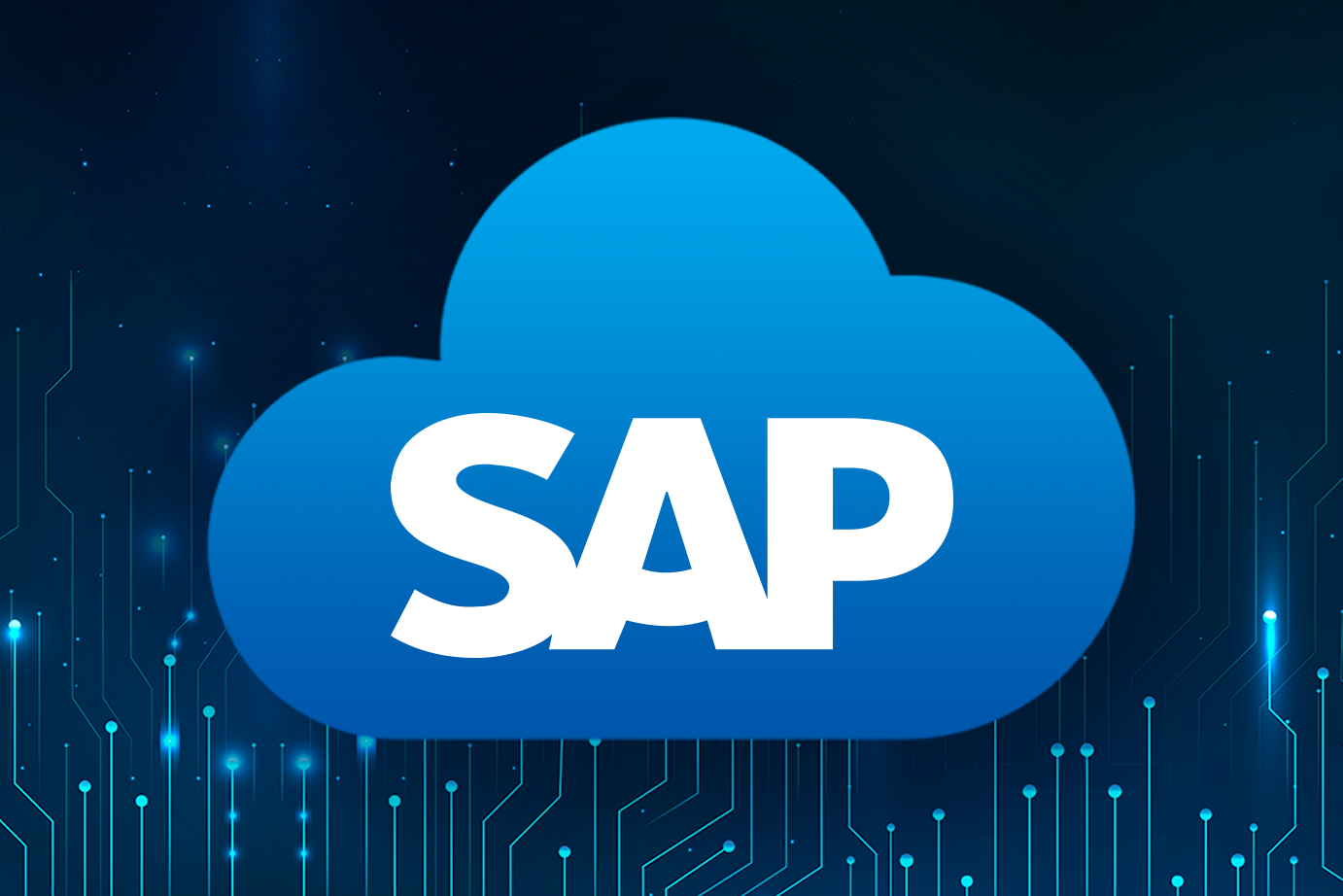As widely known, businesses operate in a highly dynamic and competitive environment. To stay afloat and thrive, they must adopt technologies that enhance efficiency, reduce costs, and enable decision-making with more information. Organizations that fail to align with these needs are falling behind.
In this context, migrating the SAP solution to the cloud not only stands out as a crucial strategy but also requires meticulous preparation. It is essential to create a business case aligned with the company’s strategic objectives and develop a clear roadmap for successful implementation.
Additionally, the assessment of data strategy plays a crucial role. Data stored in Hana is maintained in memory, which can result in substantial costs. Therefore, many companies choose to undergo an archiving process before migrating to the cloud. This practice not only optimizes resources but also contributes to a more effective transition.
It is important to note that these points align with market trends, establishing themselves as essential practices before migrating to the cloud. This strategic approach not only boosts operational efficiency but also positions companies to compete more assertively in the current business landscape.
In this blog, learn more about the SAP Solution in the cloud, analyzing its benefits, challenges, best practices, and how it is shaping the future of business.
This is the ideal time to start migration
The landscape of digital transformation and continuous modernization of IT infrastructures is reshaping the business environment. As a result, companies are thoroughly reassessing their approach to cloud computing, with a wide range of options, including public, private, and multicloud solutions.
This is because the potential of the cloud goes beyond application development; it also supports hosting various SAP projects. The latest solutions already bring substantial transformation by incorporating advanced analytics, real-time intelligent applications, artificial intelligence, and machine learning.
With the imminent need to upgrade SAP Business Suite to S/4 HANA by 2027, migrating to the cloud not only avoids duplicating SAP users’ efforts but also presents significant advantages in terms of performance and efficiency.
In this blog, we will explore the integration between SAP and cloud solutions, examining their benefits, challenges, best practices, and how they are shaping the future of business.
To better understand the integration between SAP and cloud solutions
SAP is one of the most widely used enterprise resource planning (ERP) systems globally. It covers various modules that address diverse business needs, such as finance, accounting, human resources, sales, purchases, production, and more. It is known for its ability to centralize critical data and processes on a single platform, providing greater visibility and control over an organization’s operations.
Cloud solutions, on the other hand, offer a flexible and scalable environment for data storage, application execution, and information processing. By migrating to the cloud, companies can access resources according to demand, reducing infrastructure costs and improving efficiency.
Therefore, the integration between SAP and cloud solutions allows these two worlds to meet effectively, enabling the transfer of data in real-time or in batches, depending on the company’s needs.
What are the advantages of migrating your SAP system to the Cloud, and why is now the best time?
SAP recently announced that support for its older systems, such as SAP ERP, BW, and CRM, will be discontinued at the end of 2027. This means that old SAP systems must be migrated to S/4 HANA, which precisely offers the capability to perform all operations in the cloud.
Therefore, without a doubt, now is the ideal time to plan a long-term strategy not only for SAP but for the entire IT infrastructure. Evaluate whether the company wants to invest in an on-premise model, especially in a scenario where it is increasingly challenging to control costs associated with server and data center maintenance.
In other words, local infrastructure cannot compete in terms of scalability, processing power, and availability with the same costs that the cloud offers. Moreover, aspects related to infrastructure maintenance, including energy, cooling, equipment, and management expenses, become a significant challenge. Many cloud providers, in turn, offer the ability to connect to your SAP environment.
But for the SAP migration to the cloud to be successful, it is crucial to analyze the right timing. Factors such as product launches, acquisitions, integrations, and significant ongoing projects must be considered. The process should begin with a comprehensive assessment of the SAP infrastructure, followed by meticulous planning for each stage of migration.
Another critical step is data cleansing before migration, an opportune moment to eliminate redundant and underutilized files, thus simplifying the SAP migration process. Therefore, it is recommended to start with a conservative plan that allows adjustments as business needs dictate.
Additionally, protecting processes is essential during migration, and this can be achieved with a comprehensive backup of the existing environment before starting a SAP migration to the cloud.
Benefits of SAP-Cloud Integration
Migrating the SAP system to the cloud represents a significant transformation for companies seeking sustainable competitive advantages. SAP technology plays a central role in business process management and system integration, and by taking this infrastructure to the cloud, companies can enjoy a range of benefits beyond simple infrastructure modernization. This includes the flexibility to scale resources as needed, reduction of operational and hardware maintenance costs, and the possibility of remote access and facilitated collaboration.
Migration to the cloud also opens doors to the adoption of complementary technologies, such as advanced data analysis and machine learning, further enhancing efficiency and innovation in business processes. Therefore, the decision to migrate the SAP system to the cloud is not just a technological upgrade but a strategic step toward operational excellence and competitive positioning in the current market.
Let’s highlight some key benefits of migrating SAP to the cloud:
- Agility and scalability
One of the main advantages of integration is the ability to scale cloud resources according to the company’s needs. This means that as demand increases, resources are made available immediately, ensuring uninterrupted business processes.
- Cost reduction
SAP-cloud integration can generate significant savings by automating processes and eliminating manual tasks that impact operational costs.
- Real-time data access
Integration enables access to critical data in real-time. This means that managers can make better decisions based on up-to-date information, rather than relying on static reports that may be outdated.
- Continuous innovation
Cloud solutions often incorporate emerging technologies such as artificial intelligence (AI), machine learning, and advanced data analysis. By integrating SAP with the cloud, companies can leverage these innovations to improve their processes and offer more advanced products and services to customers.
Challenges of SAP-Cloud Integration
While the benefits are many, SAP-cloud integration also presents significant challenges. Here are some of the main challenges:
- Technical complexity
Advanced integration between SAP and cloud solutions requires deep technical knowledge. IT professionals must be well-versed in both platforms and capable of creating suitable technology solutions.
- Data security
Maintaining data security is a top priority. Integration involves the transfer of critical, often sensitive, data between systems. Any security failure could result in the disclosure of specific data.
- Continuous maintenance
SAP systems and cloud solutions are constantly evolving. Software updates and changes in configurations can affect interaction, requiring constant maintenance to ensure proper functioning.
Best Practices for Successful Integration
However, to overcome these challenges and achieve successful integration, it is essential to adopt best practices. Here is what ETHO IT SOLUTIONS suggests as an essential part of this migration process.
- Define clear objectives
It is crucial to define clear objectives before starting the integration process. Know exactly what you intend to achieve with integration and how it will benefit your company.
- Choose the right strategy
Decide what is most important for your company, real-time integration allowing instant data transfer between systems or batch integration
- Use an integration platform
Utilize a robust integration platform to simplify the process. These platforms offer advanced data mapping and transformation features.
- Establish a strong security strategy
Data security must be a priority. Implement robust security measures, such as data encryption and user authentication, to protect information during transfer.
- Monitor and optimize
Integration is not a one-time project. Therefore, it is essential to constantly monitor integration performance and be prepared to make necessary adjustments.
The Future of SAP-Cloud Integration
With the continuous evolution of technology, advanced integration between SAP and cloud solutions will continue to play a crucial role in business strategies. Some trends that will shape the future of integration include:
- Advanced automation
The automation of business processes through cloud-based and AI solutions becomes more common, resulting in greater operational efficiency and error reduction.
- Artificial intelligence and machine learning
AI and machine learning will increasingly be associated with SAP-cloud integration, enabling a wide range of fast, accurate, and intelligent processes.
- Real-time data analysis
Real-time data analysis will become a necessity, allowing companies to identify opportunities quickly and also discover and protect against potential cyber threats.
- Expansion of cloud solutions
As more companies migrate to the cloud, integration with SAP becomes even more relevant. The migration between systems becomes a necessity.
Therefore, SAP-cloud integration is an excellent strategy to increase competitiveness and business efficiency, offering numerous benefits.
ETHO IT Solutions
ETHO IT Solutions stands out as a company specialized in the implementation and support of SAP technology, providing comprehensive services to assist clients in the effective adoption of this solution.
Our team of experts works closely with our clients, understanding their specific needs and developing customized solutions to meet their business objectives.
Talk to one of our consultants and learn how to have the best IT/SAP strategies and professionals in your company.





Comments are closed